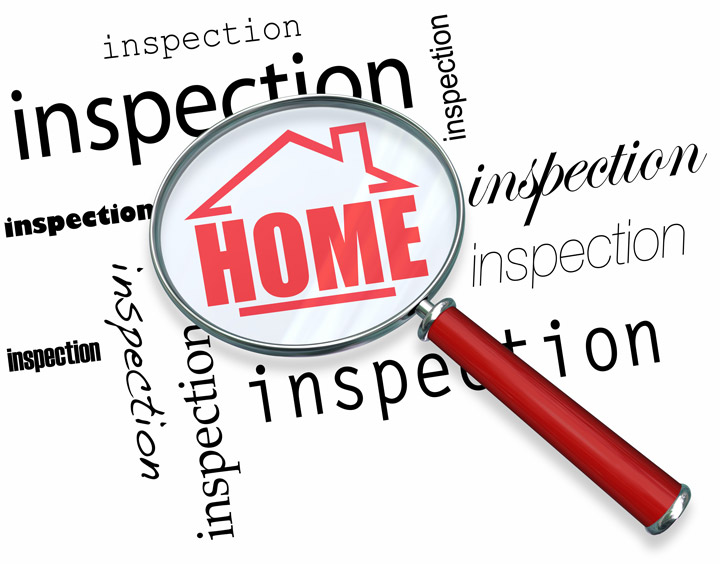
A Description of the Appraisal ProcessGetting real estate is the most important transaction some people will ever consider. Whether it's where you raise your family, a seasonal vacation property or an investment, purchasing real property is a complex transaction that requires multiple parties to make it all happen. The majority of the participants are very familiar. The real estate agent is the most recognizable person in the transaction. Next, the lender provides the money needed to fund the exchange. And the title company sees to it that all details of the exchange are completed and that the title is clear to pass from the seller to the buyer. So, what party is responsible for making sure the value of the real estate is consistent with the purchase price? This is where you meet the appraiser. We provide an unbiased estimate of what a buyer might expect to pay — or a seller receive — for a property, where both buyer and seller are informed parties. A licensed, certified, professional appraiser from Kordik & Associates, Inc. will ensure, you as an interested party, are informed. Inspecting the subject propertyOur first responsibility at Kordik & Associates, Inc. is to inspect the property to ascertain its true status. We must physically see aspects of the property, such as the number of bedrooms and bathrooms, the location, amenities, etc., to ensure they truly are there and are in the shape a reasonable person would expect them to be. The inspection often includes a sketch of the property, ensuring the square footage is correct and illustrating the layout of the property. Most importantly, the appraiser identifies any obvious amenities - or defects - that would affect the value of the house. Back at the office, an appraiser uses two or three approaches to determining the value of the property: sales comparison and, in the case of a rental property, an income approach. 
Cost ApproachHere, we analyze information on local construction costs, the cost of labor and other factors to calculate how much it would cost to replace the property being appraised. This value often sets the maximum on what a property would sell for. The cost approach is also the least used predictor of value. 
Sales ComparisonAppraisers are intimately familiar with the neighborhoods in which they appraise. They innately understand the value of particular features to the homeowners of that area. Then, the appraiser looks up recent transactions in the vicinity and finds properties which are 'comparable' to the home being appraised. By assigning a dollar value to certain items such as remodeled rooms, types of flooring, energy efficient items, patios and porches, or additional storage space, we add or subtract from each comparable's sales price so that they are more accurately in line with the features of subject property.
A valid estimate of what the subject might sell for can only be determined once all differences between the comps and the subject have been evaluated. When it comes to valuing features of homes in Elmhurst and Dupage, Kordik & Associates, Inc. can't be beat. This approach to value is usually given the most weight when an appraisal is for a real estate sale. Valuation Using the Income ApproachIn the case of income producing properties - rental houses for example - we may use a third approach to value. In this scenario, the amount of revenue the real estate produces is factored in with other rents in the area for comparable properties to determine the current value. Arriving at a Value ConclusionAnalyzing the data from all approaches, the appraiser is then ready to stipulate an estimated market value for the subject property. The estimate of value at the bottom of the appraisal report is not necessarily the final sales price even though it is likely the best indication of a property's valuePrices can always be driven up or down by extenuating circumstances like the motivation or urgency of a seller or 'bidding wars'. But the appraised value is often employed as a guideline for lenders who don't want to loan a buyer more money than they could recover in the event they had to sell the property again. At the end of the day, an appraiser from Kordik & Associates, Inc. will help you discover the most accurate property value, so you can make wise real estate decisions. |